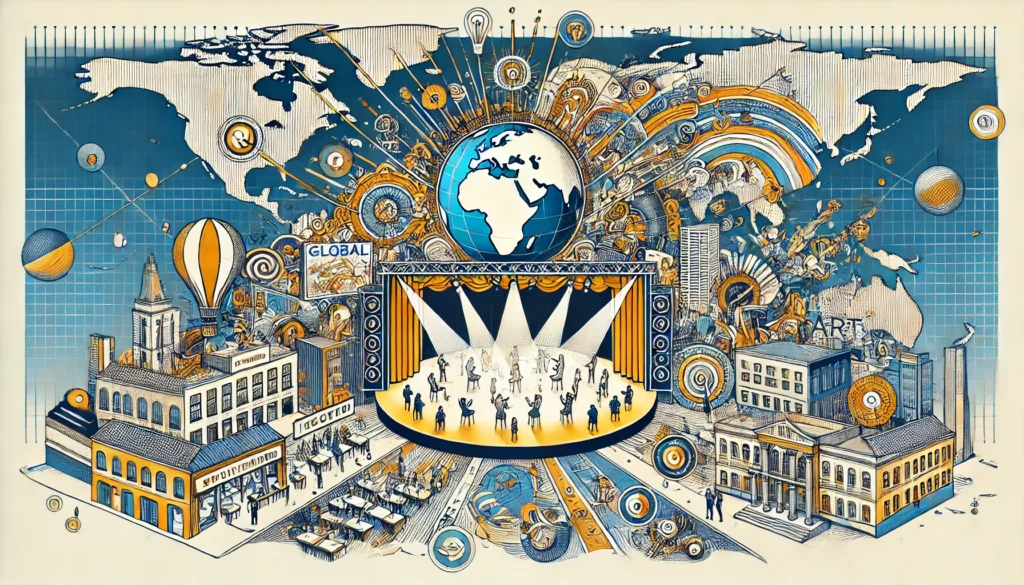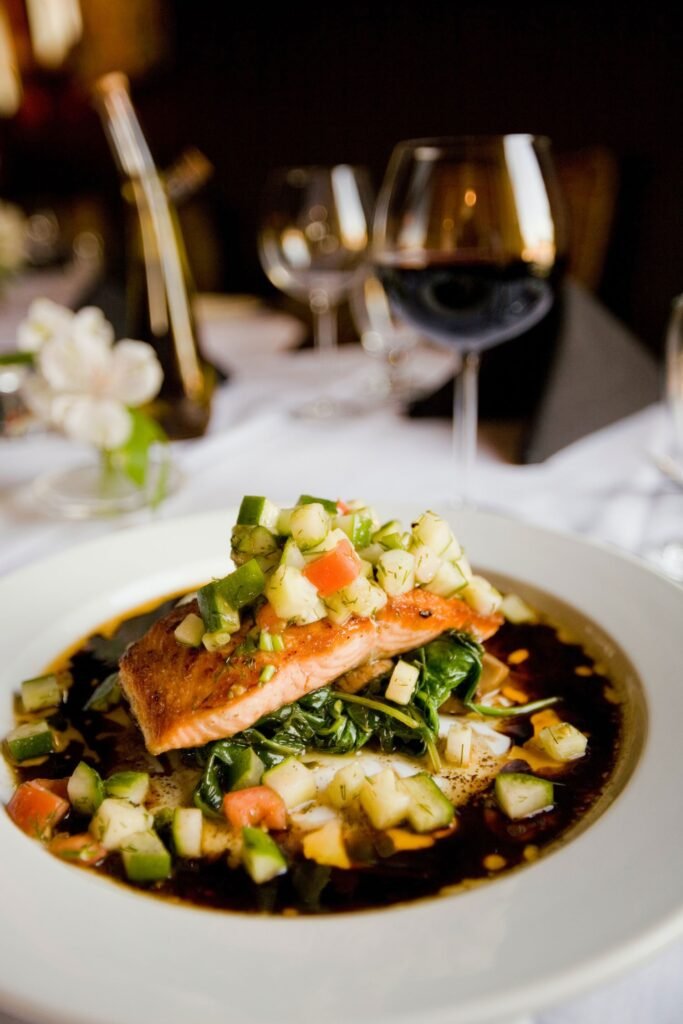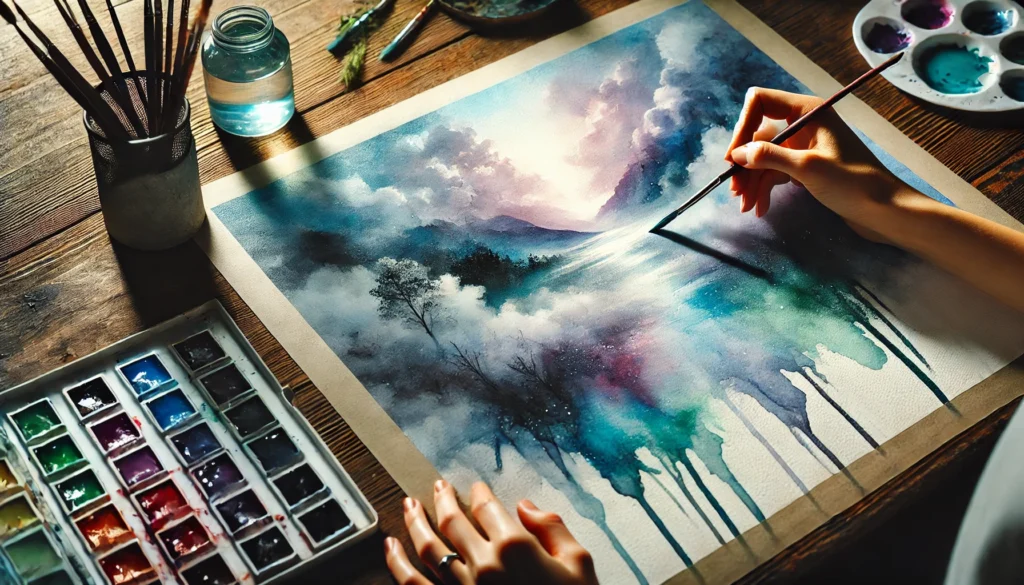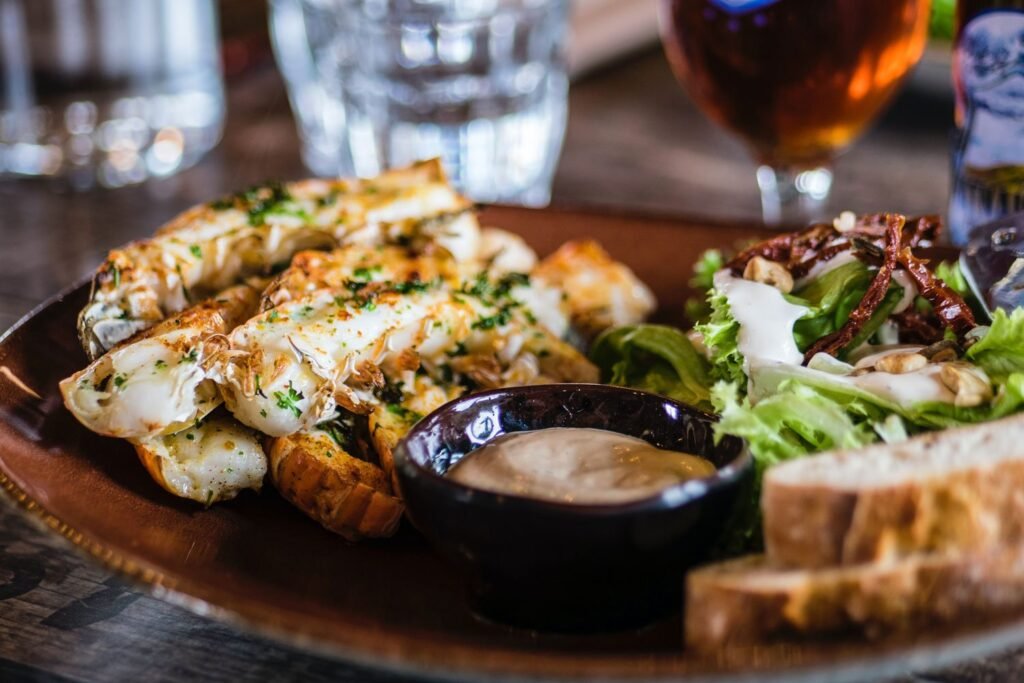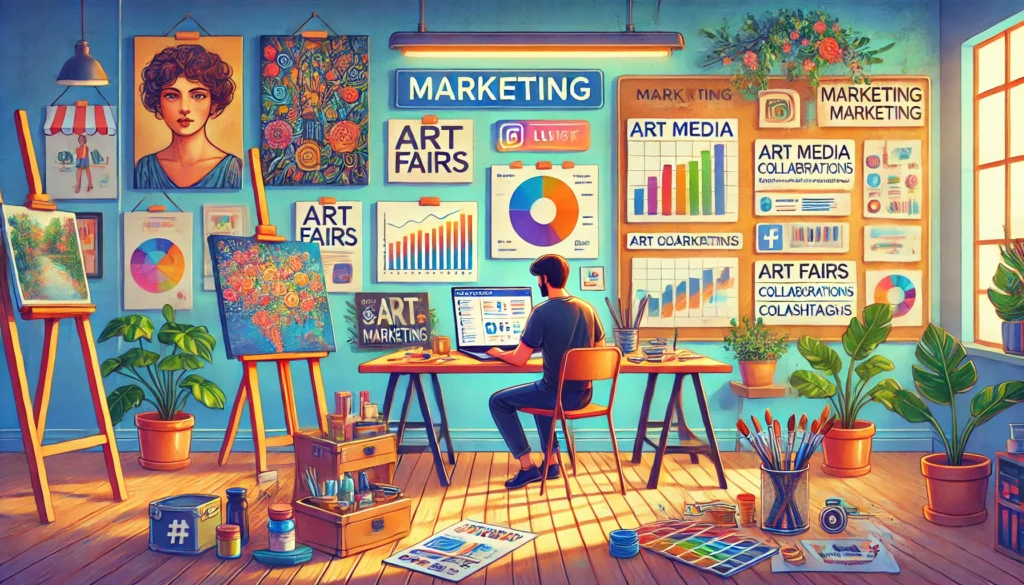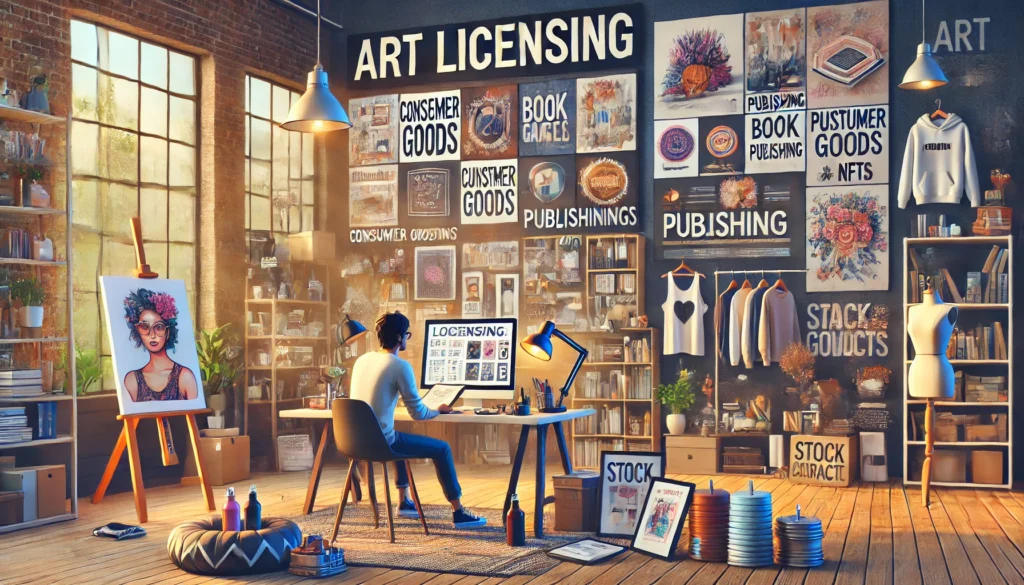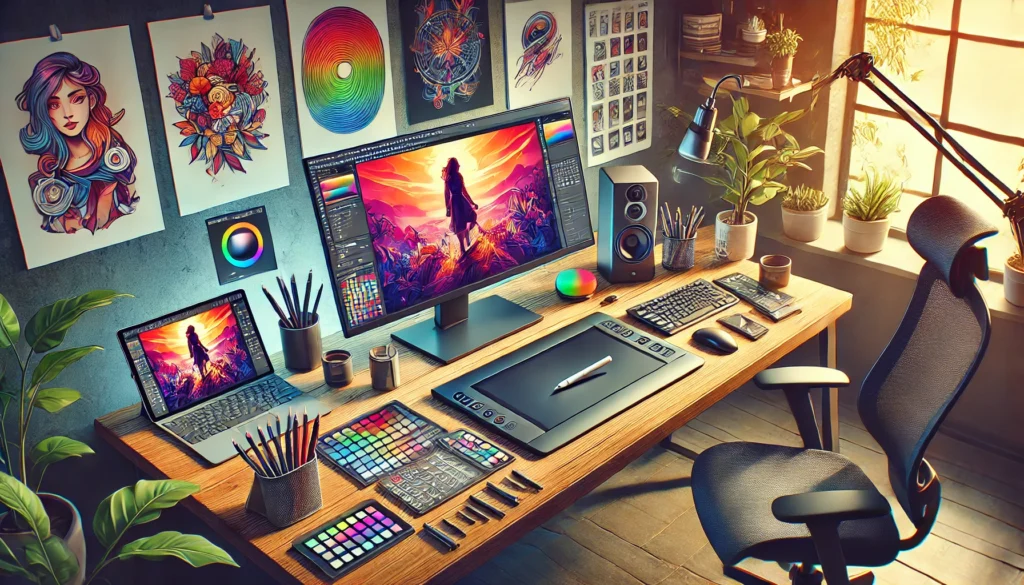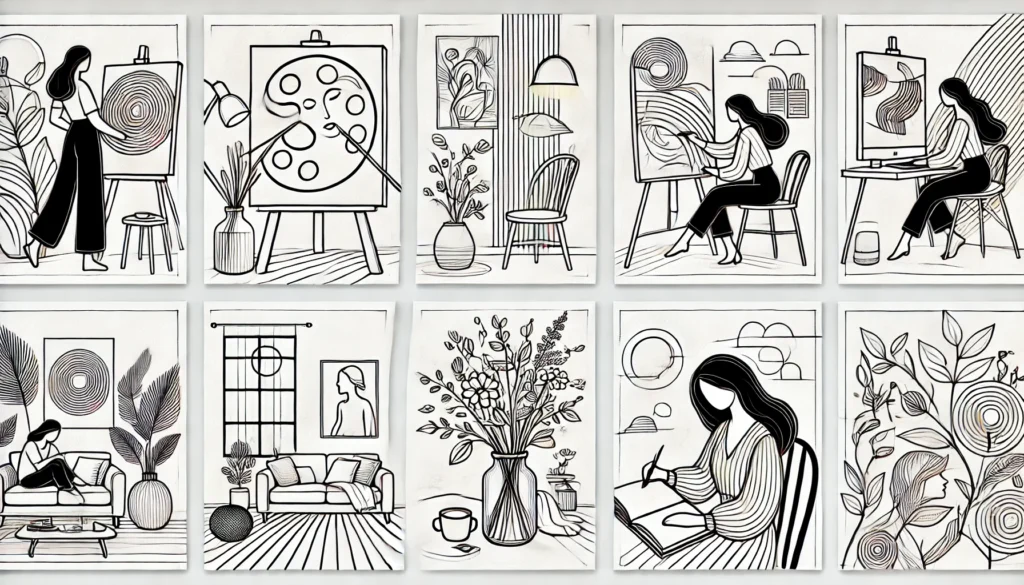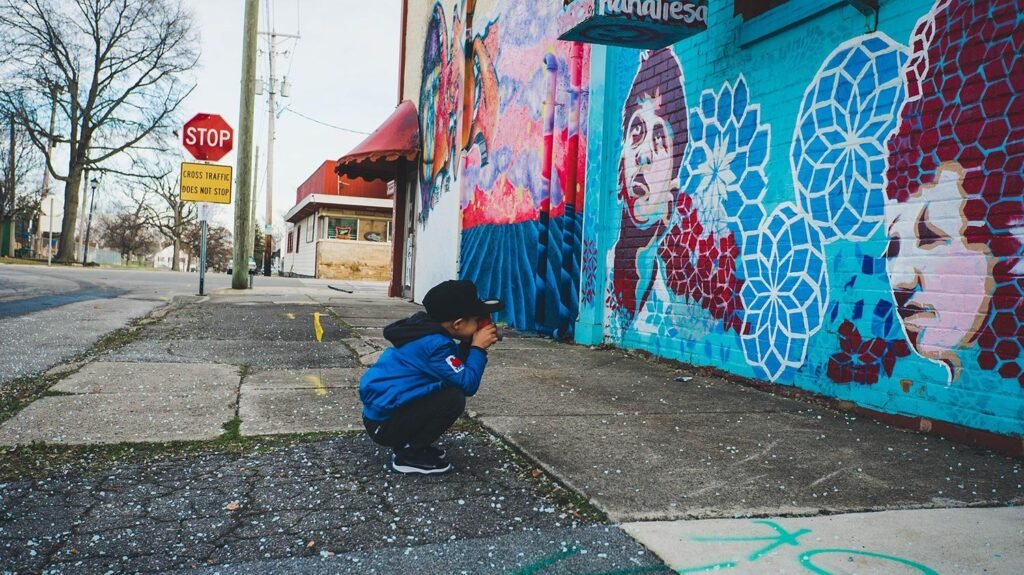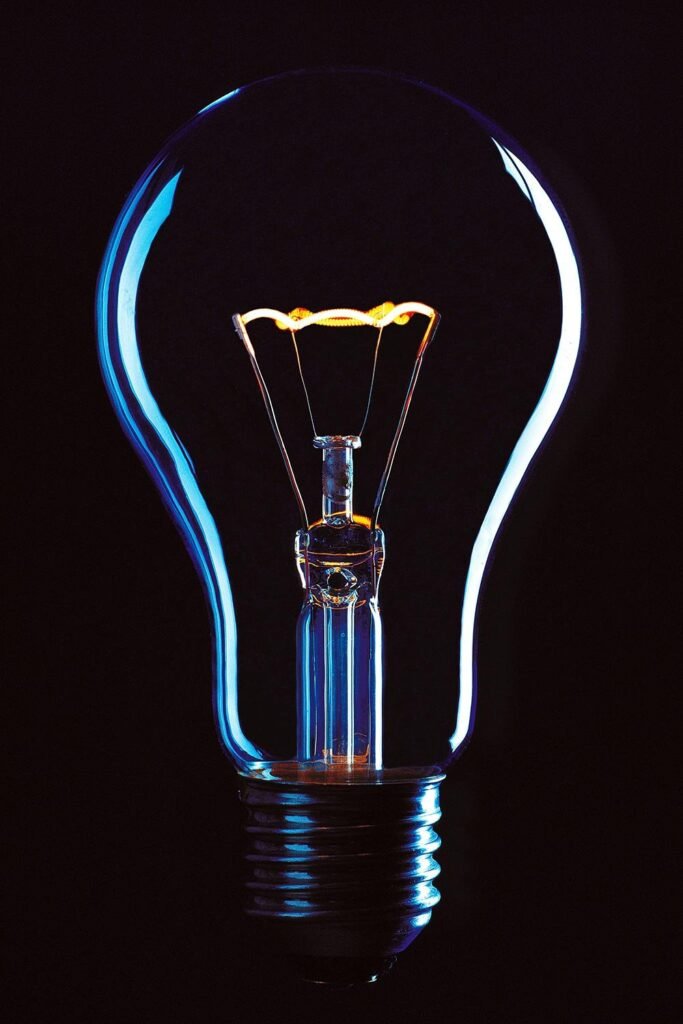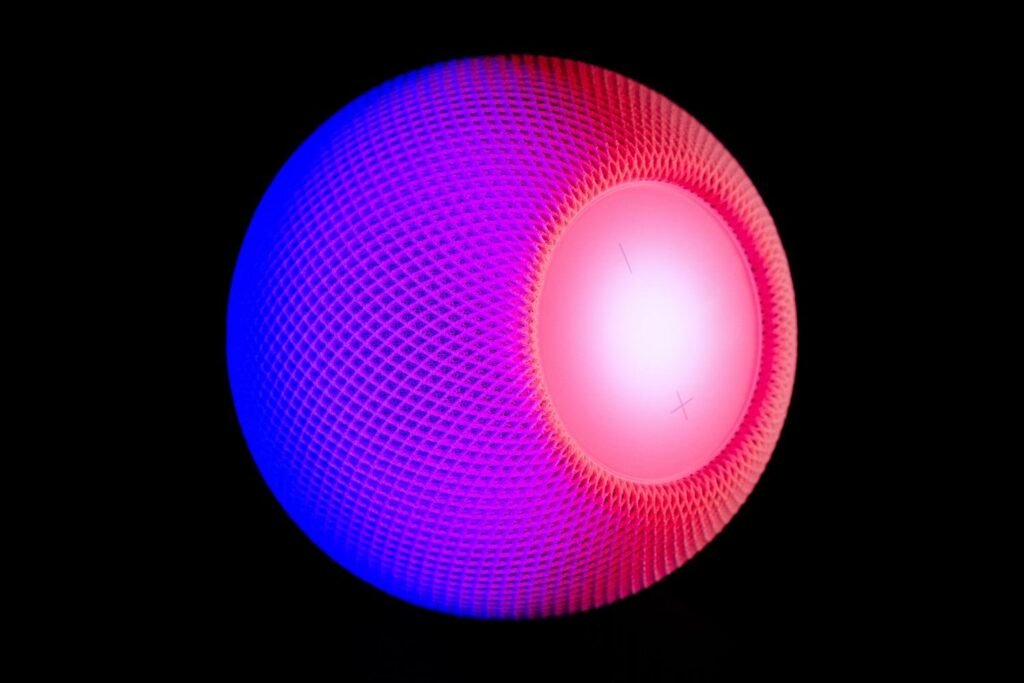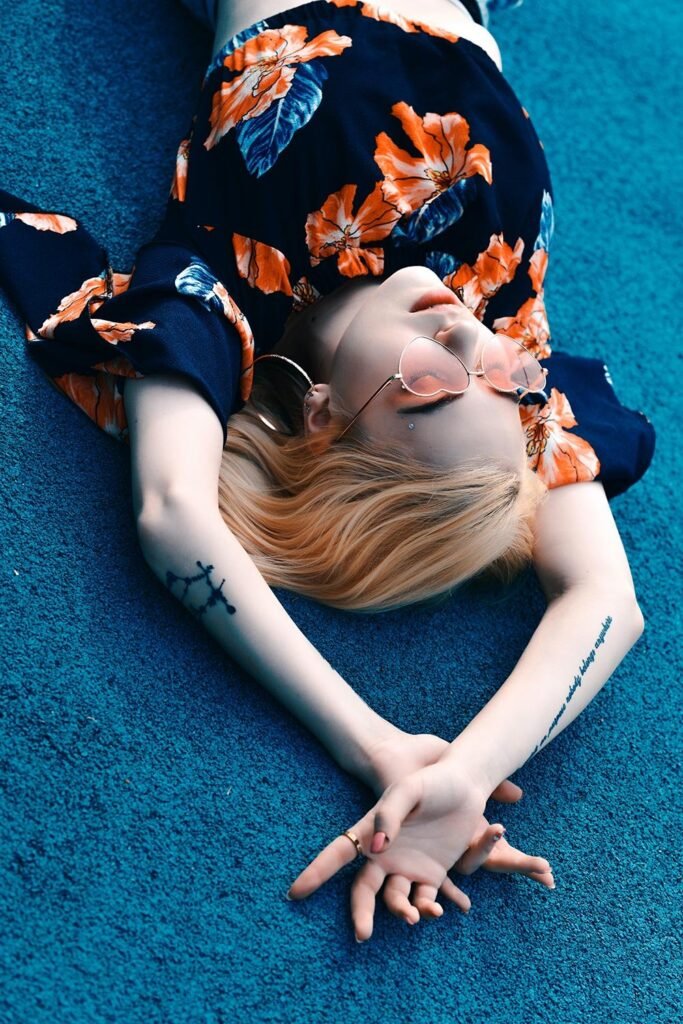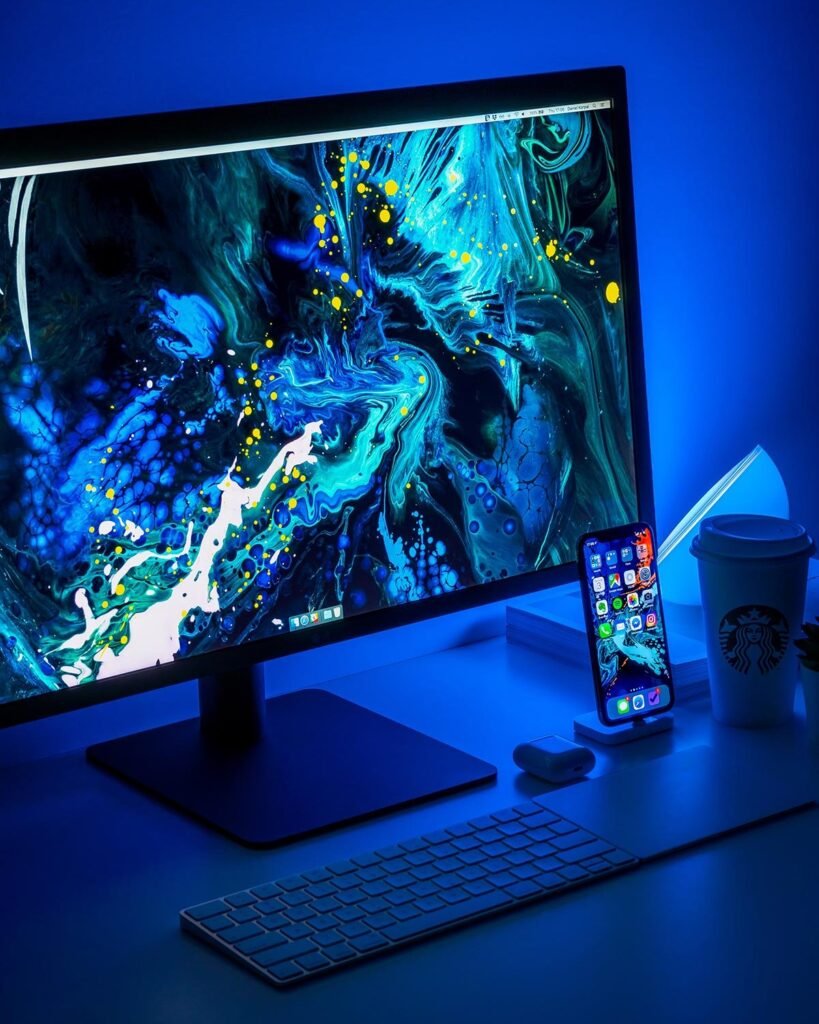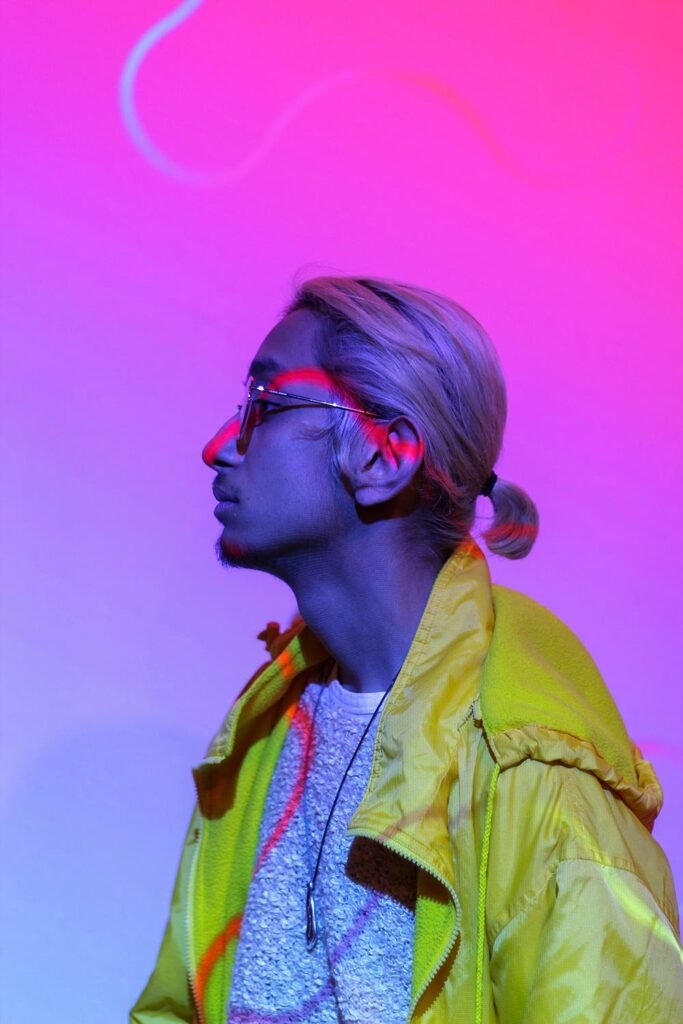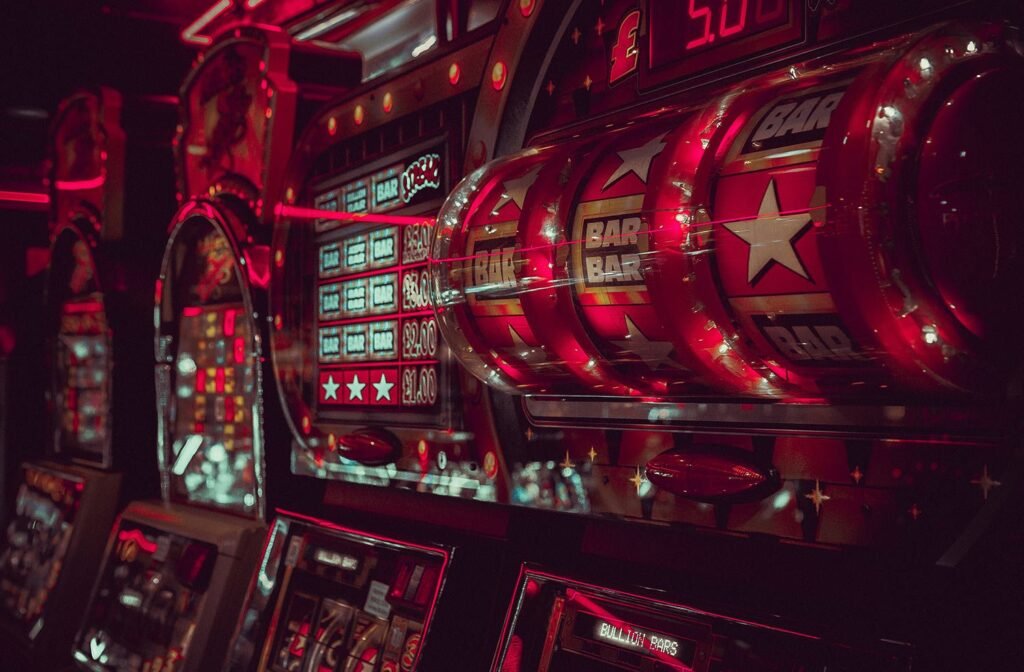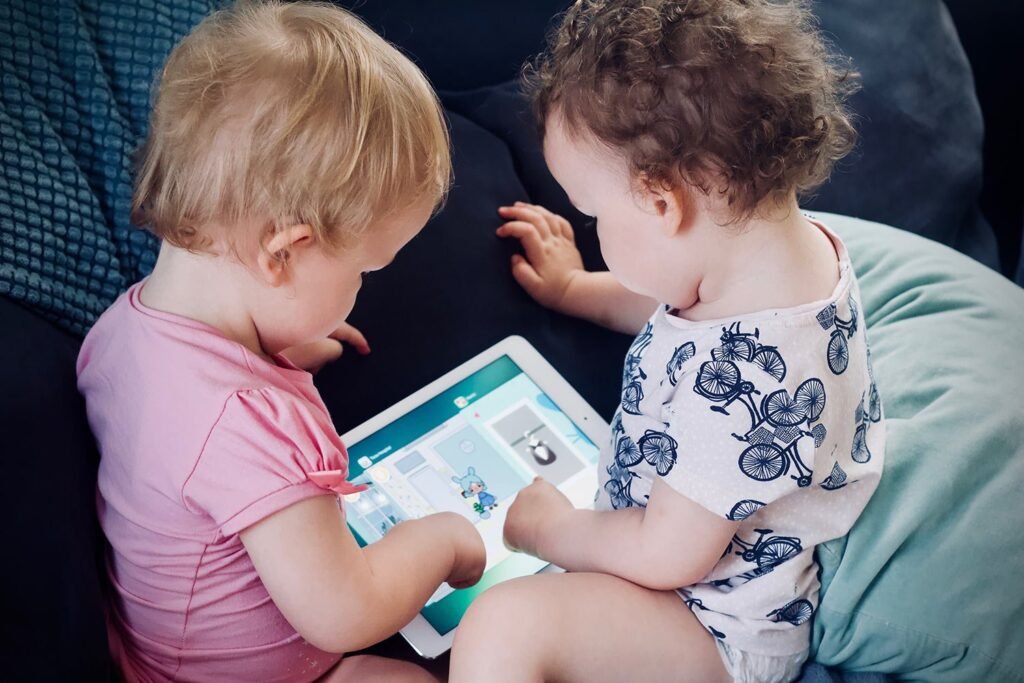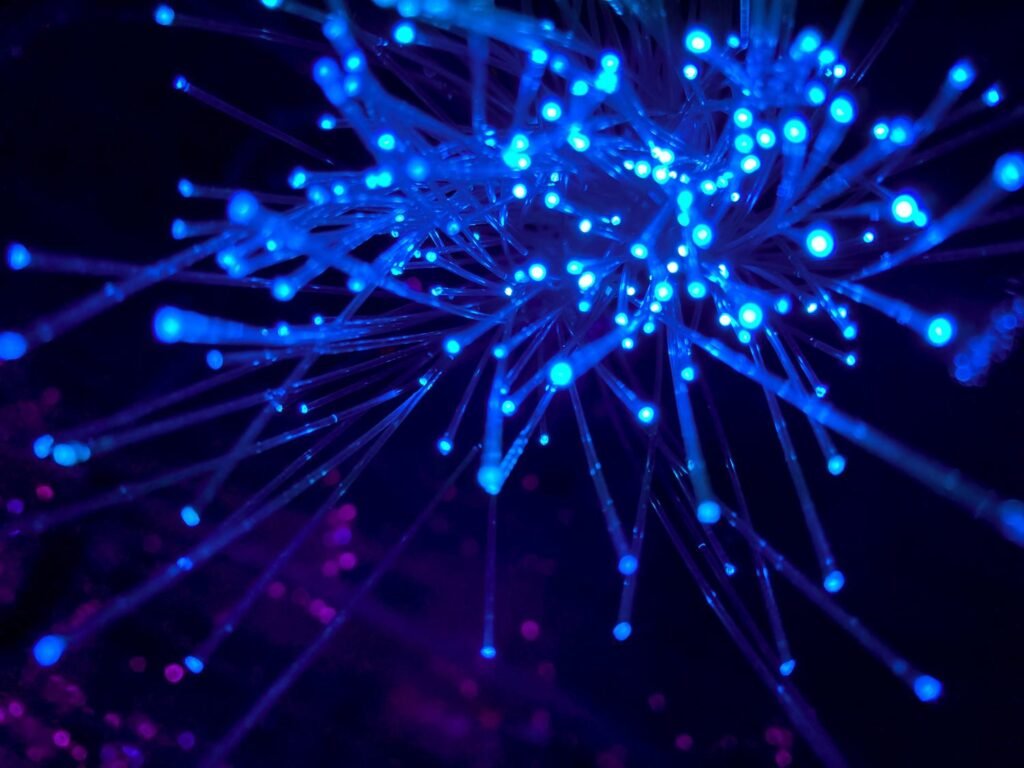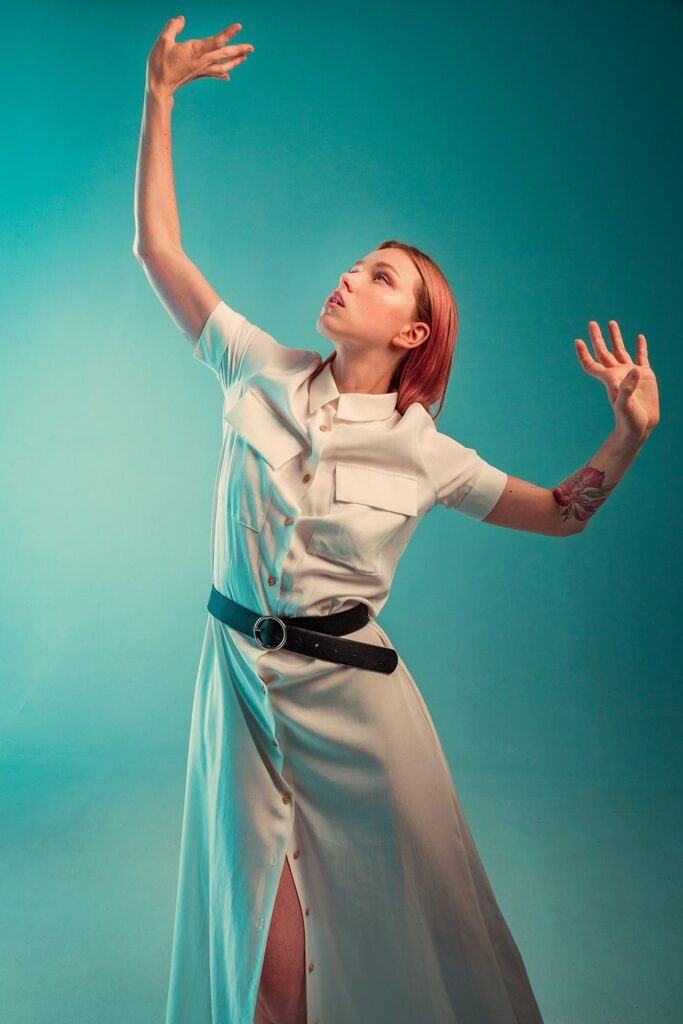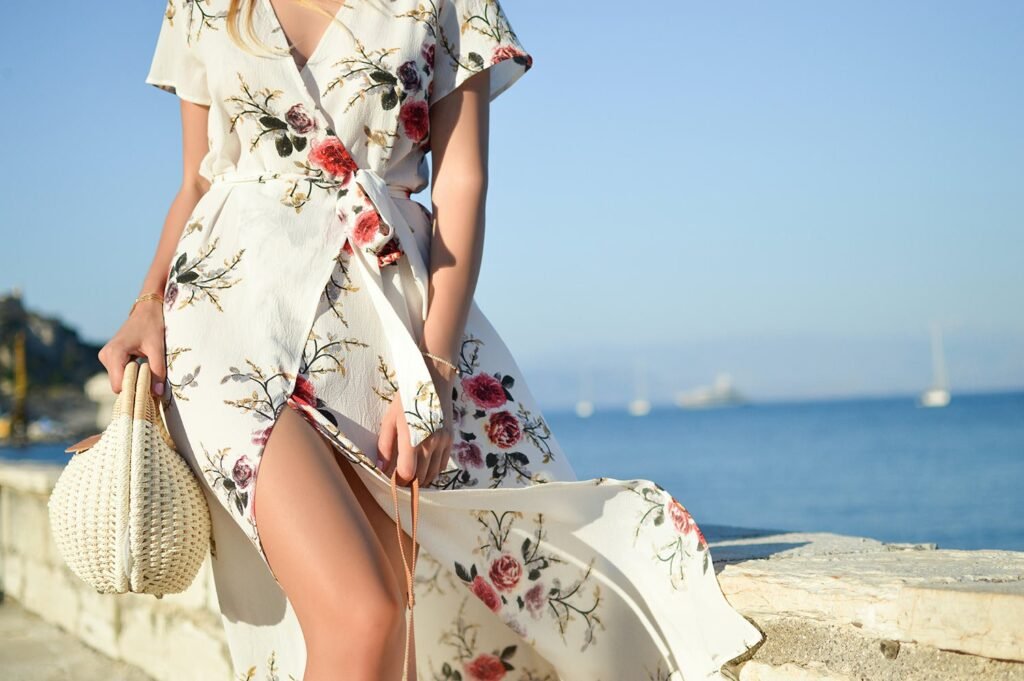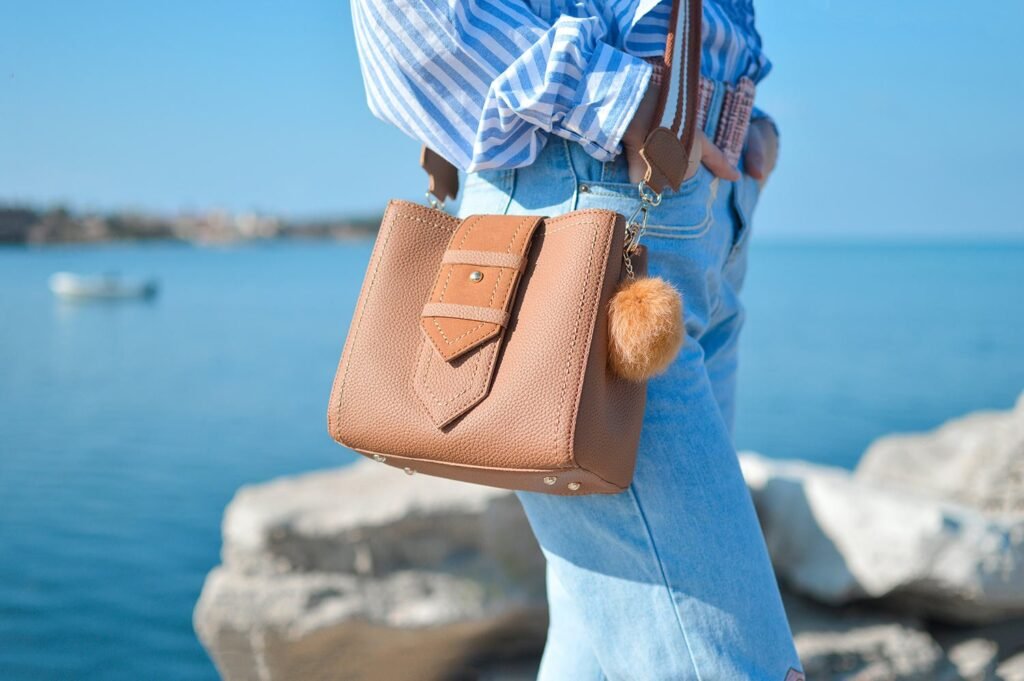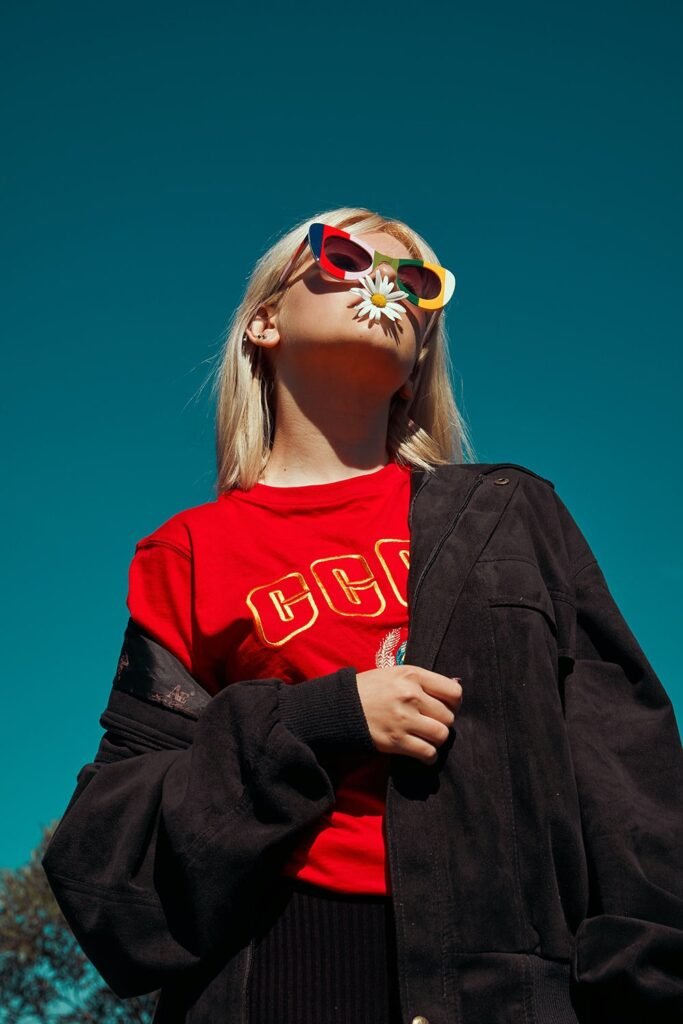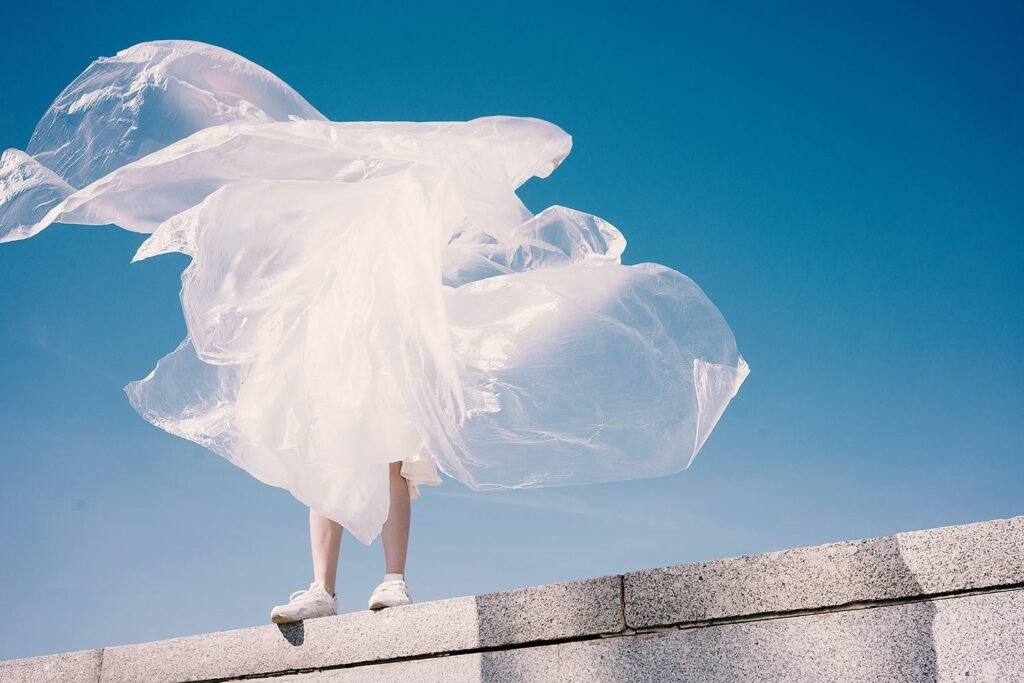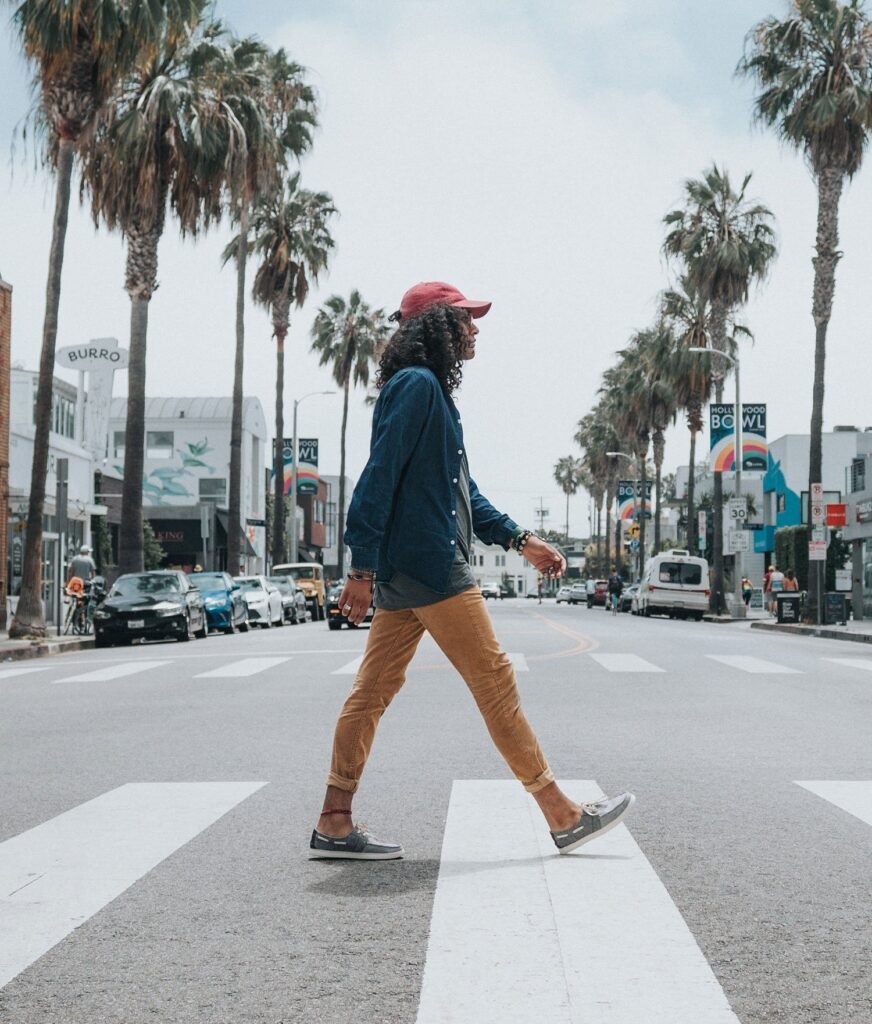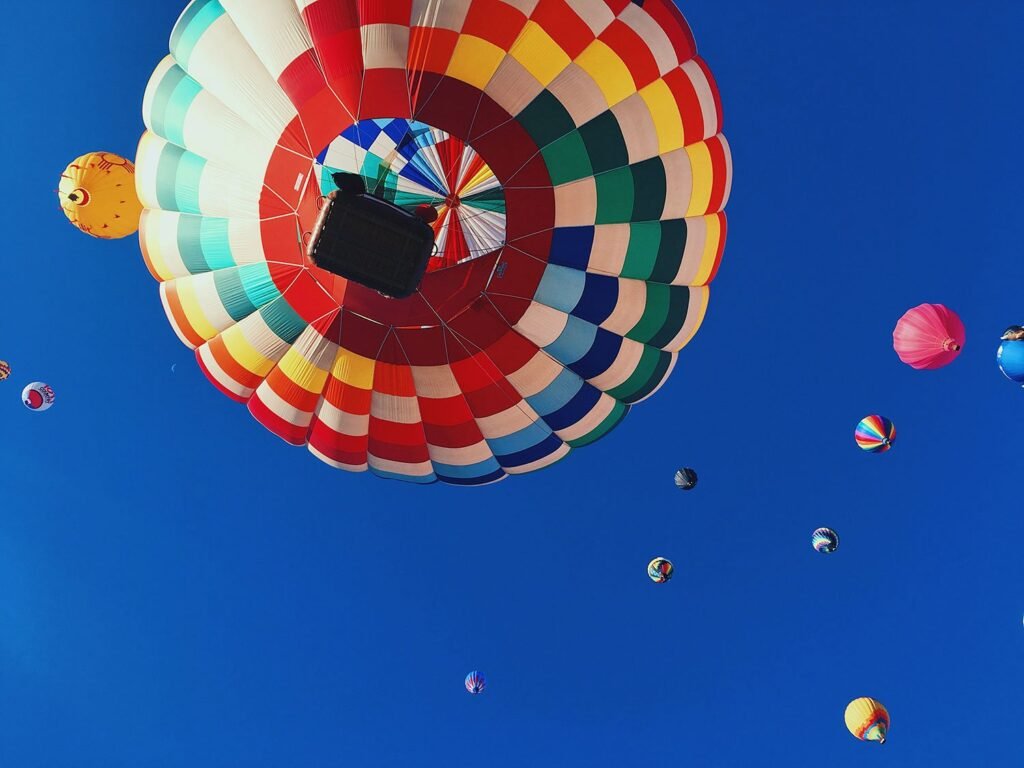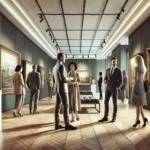The Role of Women in the Renaissance Art Movement

The Renaissance was a period of cultural rebirth and intellectual exploration that took place from the 14th to the 17th century, primarily in Europe. It was characterized by a renewed interest in classical antiquity, which influenced a wide range of fields, including art, science, philosophy, and literature. While the Renaissance is often celebrated for its groundbreaking artistic achievements, the role of women in this period—especially in the context of art—has traditionally been overlooked. However, as historical scholarship has evolved, the contributions of women artists during the Renaissance have come to light, revealing their significant, yet often marginalized, impact on the development of Western art.
Women Artists of the Renaissance
While male artists like Leonardo da Vinci, Michelangelo, and Raphael dominated the Renaissance scene, there were several women who made remarkable contributions to the arts during this time. However, due to the gender norms of the era, women faced significant barriers to formal training and recognition. Many women artists were self-taught, worked under the tutelage of male family members, or found alternative paths to creativity, often within the confines of their domestic roles. Despite these limitations, their works are noteworthy for their artistic skill, innovation, and unique perspectives.
- Artemisia Gentileschi (1593–1653): Perhaps the most famous female artist of the Renaissance and Baroque periods, Artemisia Gentileschi was known for her powerful and dramatic depictions of biblical and mythological themes. Gentileschi broke away from traditional female artistic roles and was one of the few women to gain a substantial reputation during her time. Her works, such as Judith Slaying Holofernes (1614-1620), portray strong female figures in commanding poses, challenging the era’s typical depictions of women as passive or subordinate. Her bold approach to subject matter and her mastery of chiaroscuro (the use of light and shadow) earned her recognition among her male contemporaries.
- Sofonisba Anguissola (1532–1625): A pioneering female portrait artist, Sofonisba Anguissola is considered one of the first women to gain widespread acclaim as a professional artist during the Renaissance. Born into a noble family in Italy, she received formal training in the arts and was appointed as the court painter to the Spanish royal family. Her works, such as Self-Portrait (1556) and The Chess Game (1555), are notable for their intimate, psychological depth and sophisticated portrayal of the human form. Anguissola’s success paved the way for other women artists and demonstrated that women could excel in the male-dominated world of Renaissance art.
- Lavinia Fontana (1552–1614): Another Italian Renaissance artist, Lavinia Fontana was one of the first women to receive a formal artistic education and was highly successful in her career. She specialized in portraiture and religious themes, with works like The Family of the Virgin (1591) and Minerva Dressing (1597) showcasing her technical expertise. Fontana’s ability to blend classical techniques with a fresh, humanist approach to subject matter earned her a prominent place in Renaissance art history. She was able to balance her professional career with family life, raising children while continuing to produce significant works of art.
The Challenges Women Faced
Despite the contributions of these women, their recognition was often overshadowed by the dominant male figures of the period. Women were typically excluded from the prestigious art academies of the Renaissance, which were largely reserved for men. They were also denied access to the nude model, which was considered essential for training in the human form. Consequently, women artists often had to find alternative paths to develop their skills, relying on apprenticeships or familial connections.
Furthermore, many of the works by women artists were often attributed to male relatives or mentors. For example, Gentileschi’s early works were sometimes attributed to her father, Orazio Gentileschi, even though she was fully responsible for their creation. This pattern of undermining women’s artistic contributions persisted throughout history, making it difficult for women to gain the same level of recognition as their male counterparts.
Women as Subjects in Renaissance Art
While female artists struggled to gain recognition, women also played an important role as subjects in Renaissance art. Female figures were often idealized and presented in accordance with the prevailing ideals of beauty, virtue, and morality. The Virgin Mary, mythological goddesses, and Biblical figures like Eve and Judith were commonly depicted in Renaissance paintings, often as passive or ornamental figures.
However, there was also a growing trend of portraying women in more complex and varied roles during the Renaissance. Artists like Titian and Raphael created portraits of powerful and influential women, including noblewomen and courtesans, that presented them as strong, autonomous individuals. These works reflected changing attitudes toward women in society and acknowledged their role in the broader cultural and political spheres.
The Legacy of Women in Renaissance Art
The role of women in the Renaissance art movement is a testament to the resilience, talent, and creativity of female artists who, despite facing significant obstacles, contributed to the rich cultural legacy of the period. Today, scholars continue to explore the lives and works of women in the Renaissance, giving them the recognition they deserve as integral figures in the history of art.
In recent years, there has been a resurgence of interest in women artists of the Renaissance, with exhibitions and scholarly works shedding light on their contributions to art history. Artists like Artemisia Gentileschi, Sofonisba Anguissola, and Lavinia Fontana are finally being recognized as the trailblazers they were, paving the way for future generations of female artists.
In conclusion, while women artists were often marginalized during the Renaissance, their contributions were essential in shaping the artistic landscape of the time. Their works continue to inspire and challenge us, reminding us of the importance of inclusivity and representation in the world of art.













